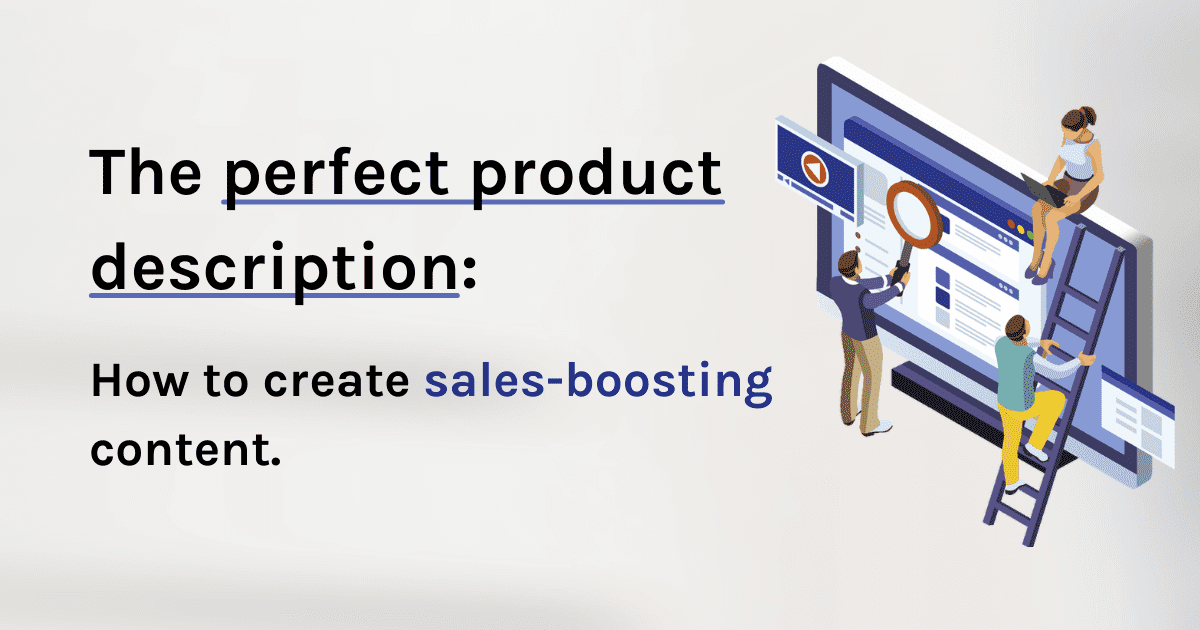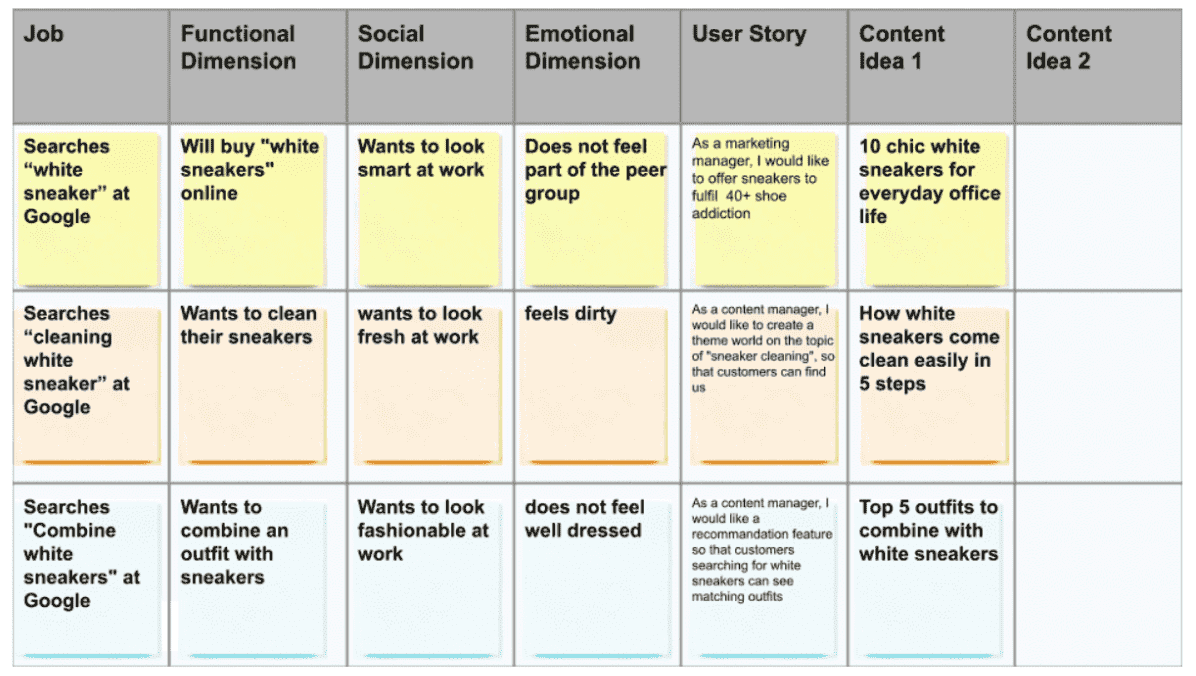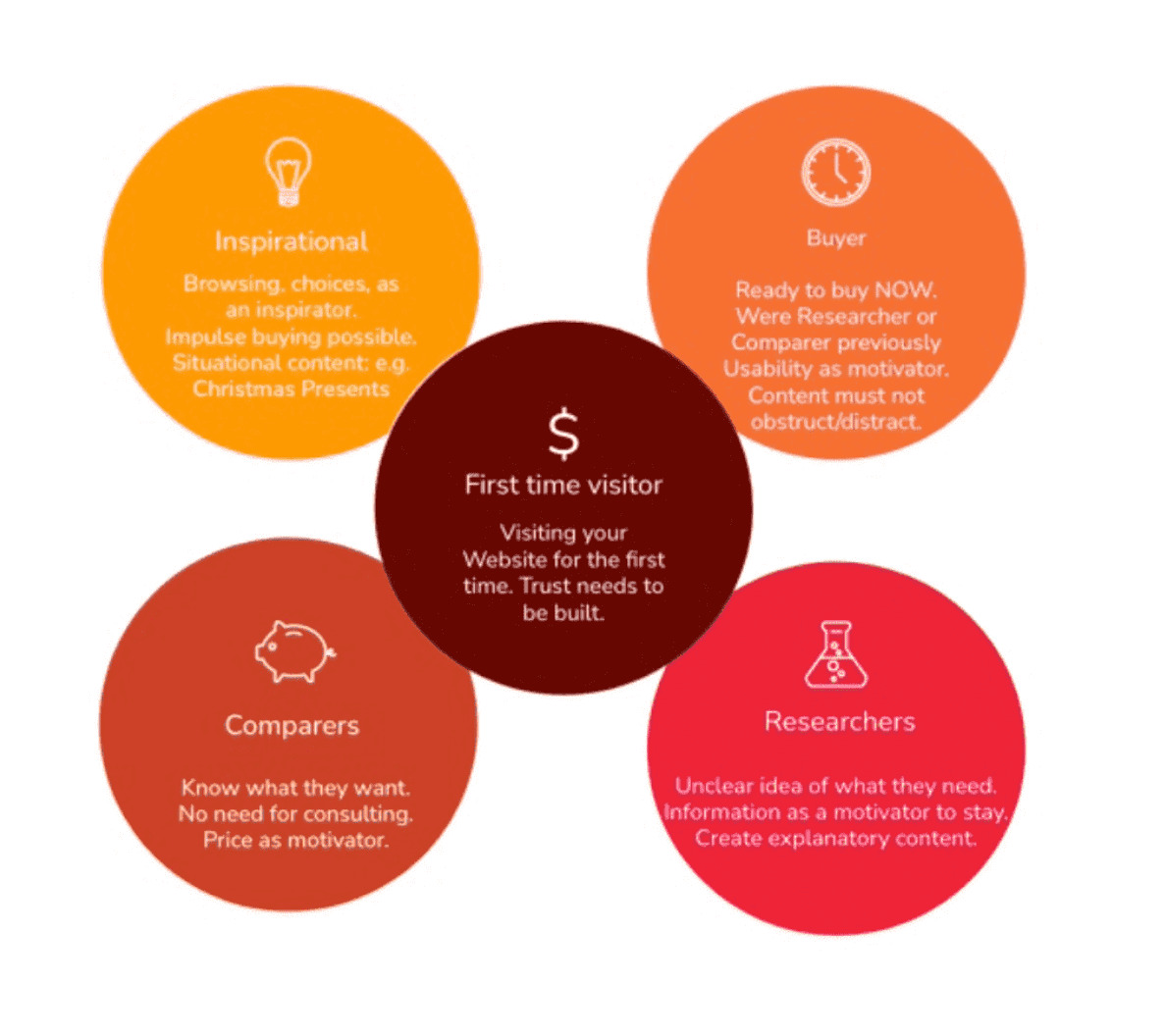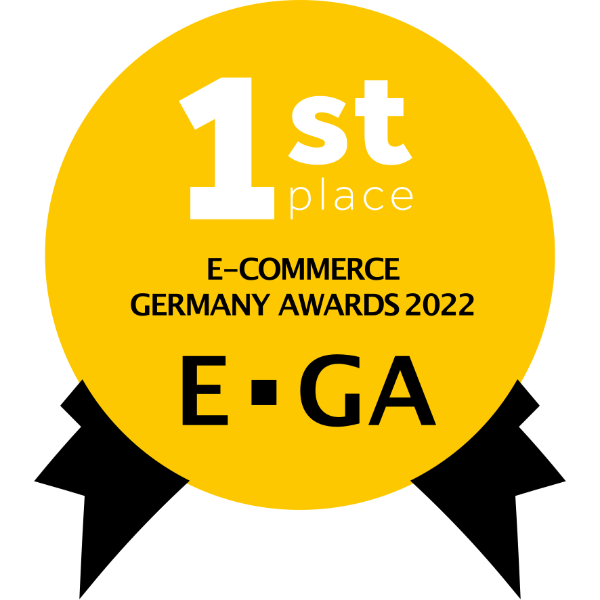
How to Create Epic Product Descriptions: From Keyword to Sales-Boosting Text
How to create a product description that encourages prospects to buy? Most online retailers are faced with this question. We explain below how you can use a keyword to infer the customer's search intention and use this to create, personalize and automate a sales-boosting product description. After all, today's customers expect websites to provide content tailored to their needs. It is therefore important to satisfy this need: To provide the customer with the best user experience possible throughout the entire customer journey.
Keyword Analysis
How do I know what information the customer is looking for and what should I include in my product description?
This is answered by an in-depth keyword analysis. These keywords can then be divided into groups or subject areas. Also the frequency of the search queries can be determined with the help of appropriate tools. In general, keywords are divided into short-tail, mid-tail and long-tail keywords.
Short-tail keywords usually consist of one to two words, have very general and frequently searched terms, and usually have a high search volume.
Long-tail keywords have less search volume, are much more specific, and have lower click-per-costs (CPCs), yet higher conversion rates.
Some tools that are ideal for keyword analysis are for example:
1. Free Tools
Ubersuggest, searchvolume.io, keyword-tools.org, answerthepublic
2. Paid Tools
Sistrix.de, Searchmetrics, ahrefs, SEMRush, xovi
3. Google Tools
Google Keyword Planner, Google Trends, Google Search Console, Related Search Queries
4. Various Tools & Processes
Analyzing competition content, interviewing suppliers, interviewing & brainstorming with experts, combining all product and category keywords with all filters followed by search volume check of each possible combination
Afterwards, the keywords can be subdivided or combined into different subject areas. This allows higher-level search terms to be linked to associated keywords. For our example search term "avocado", it looks like this:

From Keyword to Search Intent
Behind every keyword there is a search intention, in other words the intention of a user to obtain a specific piece of information or achieve a specific goal by means of a search. For instance, this could be the conclusion of a purchase. Such search intentions can be classified in a way that the user's information needs can be derived from them. A distinction is made between "DO", "KNOW", "WEBSITE" and "VISIT":
- DO (user wants to complete a certain task)
- KNOW (user wants to fulfill information need) and KNOW SIMPLE (user has a question that can be answered clearly and easily)
- WEBSITE (User wants to access specific websites)
- VISIT (user has local request)
According to the search intention, the user makes a specific demand on the content of a web page. These requirements can be met, for example, with videos, images, texts, headlines, specific landing pages, and so forth. The more closely the content is aligned with the search intentions, the better its ranking in the search engines.
Analyzing Search Intents, Understanding Customer Needs
The search intention includes the actual customer need. Therefore, analyzing search intentions also means being able to understand customer needs in order to meet them in the best possible way.
The Job-To-Be-Done Framework is a good way to analyze a search in terms of customer need. This involves researching a keyword on three dimensions - on a functional, social and emotional level.
This ultimately allows the specific needs of the user to be derived, and then processed in appropriate copywriting, and thus forms the basis for the personalization of product descriptions.
A job-to-be-done framework based on the example of the keyword "white sneaker":

Why Personalize Product Descriptions?
The personalization of product descriptions is important to meet the user's, or the potential customer's expectations. Only this way can high-quality content be delivered that is also scalable. This is not least an important factor in remaining competitive or even gaining an advantage over the competition. Those who offer customers suitable, personalized product descriptions will also see more engagement and a high conversion with their product content.
There are several ways to create the content users are looking for:
1. Manual content: created by agencies, freelancers or in-house editorial teams
2. Rule-based, automated content: Data-driven content (AX Semantics)
3. Completely AI based content (GPT-3 etc.).
The rule-based product descriptions are what we want to focus on. They are data driven, scalable and personalizable and therefore best suited for the creation of product descriptions.
Well structured and error-free product data sets are the starting point for automating product descriptions. In order to create good product descriptions, the features of a product must be transformed into a benefit for potential customers.
For this transformation, the knowledge of the copywriter who initiates the automation is essential. It is the foundation for strong-selling, unique, and worth-reading product descriptions.
Personalized Product Descriptions through Data-Driven Content
It is now clear why personalization of content is so important and is becoming more and more important. But how can product descriptions be created that are customized to the needs of individual customers?
The following steps result in the generation of personalized content:
1. Analysis of keywords and search intentions
2. Generate data points (product inventory, features)
3. The first steps of personalized content playout.
These three steps form the "content lake" - the name of a strategy in which Big Data resources are used to offer customers the best possible user experience.
The content lake is a pool of data that contains many text units, which can then be assembled according to the individual customer journey and played out in accordance with the customer's personal needs.
As manually created content is not enough for scaled projects, the only option is automation. The latter, in turn, enables the personalization of content. Automation requires software that creates rule-based and data-driven content. In particular, if highly scaled product descriptions are required and many attributes are to be converted, this type of automated content generation should definitely be used. With AX Semantics' natural language generation software it is also possible, for example, to translate the texts into 110 languages, thus operating internationally and being able to address customers in an even more targeted manner.
Get started!
Our experts will answer any questions you may have about our software, your potential use case, etc.
How Automated Product Descriptions Reach All Customers
Customer loyalty is achieved through personalized and scaled content that is derived from the "content lake" and communicated to the customer.
The focus lies on reaching the customer in a targeted manner, in other words, displaying content that is relevant to them and tailored to their search intentions. But how can this be achieved?
AX Semantics distinguishes between five customer typologies, which are at different points in a customer journey and thus have different requirements.

5 types in the customer journey
- First time visitor: The visitor coming to the store for the first time and who wants to trust the store.
- Inspirational Type: The visitor who is still searching and wants to be inspired.
- Researcher: The visitor who wants to find out more about the products because he does not yet exactly know what the products are all about.
- Comparer: The visitor who already knows exactly what he wants, but is still comparing details
- Buyer: The visitor knows what he wants and has made the decision to buy
Different content is played out to all five types, which is taken from the same content lake. Customers looking for inspiration have a different need for information than customers who are on the verge of making a purchase.
From a technical point of view, it is definitely possible to play out an individually tailored text for each customer. However, this requires more effort in terms of data storage and processing.
Measuring the Results of Personalization Efforts
The personalization of content is possible by using suitable tools. For example, the E-Commerce Suite from AX Semantics is a good choice here.
This allows automated personalization of content with the help of real-time user data. Using a code snippet on the website, which detects the user behavior of individual website visitors, is a simple way to achieve this. An important aspect is to check the efficiency of the measures taken and to keep an eye on the key performance indicators (KPIs) at all times. This is achieved through tool-based measurement, which ensures the correct playout of the product pages. It is only those who know the data of their site who can derive action decisions from it that will enhance the online store and drive growth.
Tools, such as Metrics from AX Semantics, collect onsite user data and are thus decision-making tools for measures that should be taken to optimize product pages. Furthermore, Metrics is directly linked to the automated content creation, so that the adjustments can be implemented directly in a scalable and automatic manner. This is where the circle closes, because this data, which flows directly into the optimizations for the product descriptions, also serves as the basis for personalization.
| Personalized Commerce Personalized product pages for an optimal customer experience AX Semantics Personalized Commerce designs, tests and optimizes the best product page to convert each individual customer - automated and scalable. |
An example of successful product description personalization is Metav Werkzeuge GmbH. The company was able to increase conversions by 57 percent in its online stores after just one month, and the engagement rate rose by 29 percent. Read about how Metav achieved this in our case study here.
For more information on the topic, download our white paper: Download White Paper!


